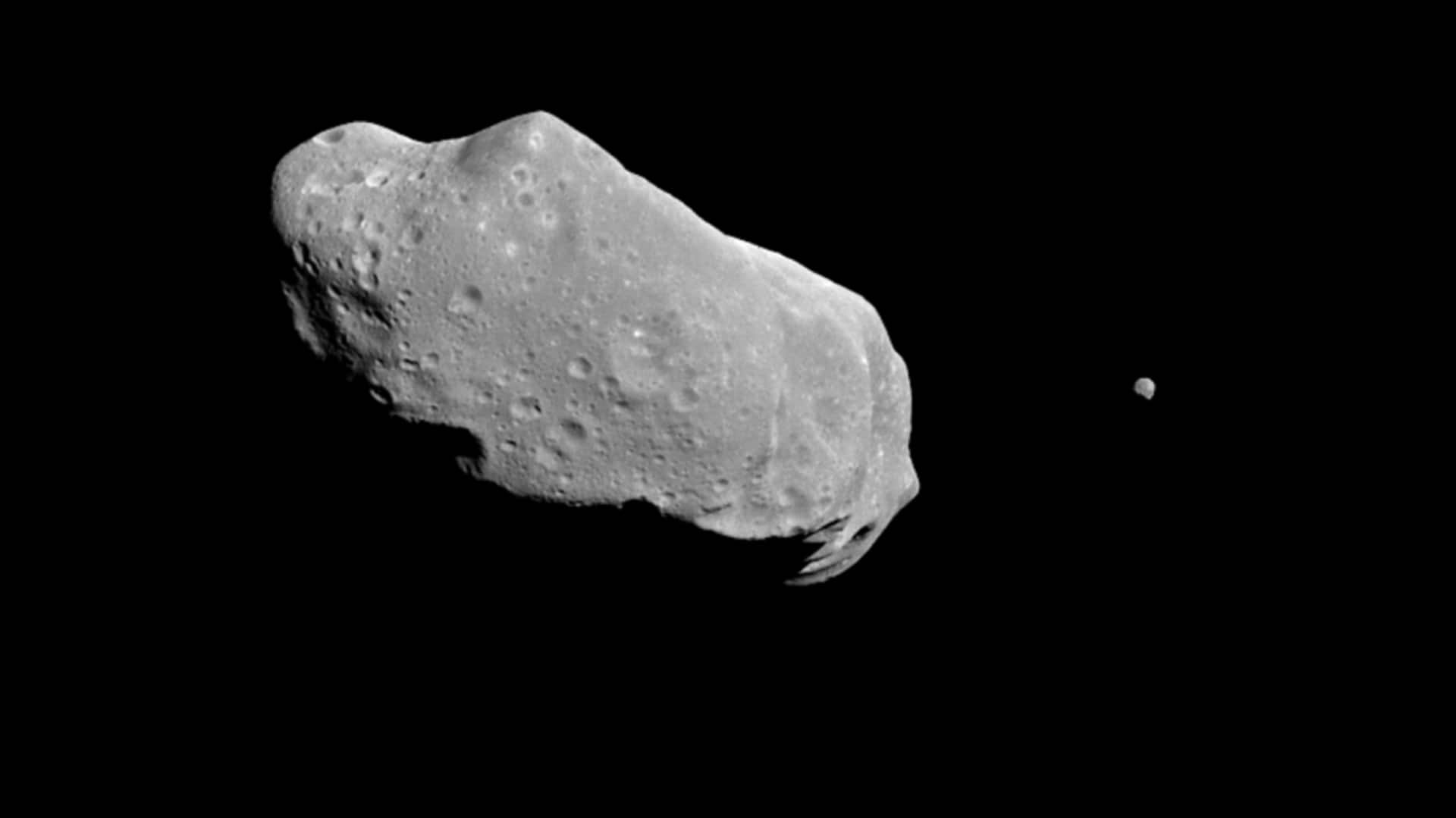
Meteorite that crashed in Gujarat is a rare aubrite
What's the story
The meteorite that crashed in Gujarat in August 2022 is confirmed to be a rare kind, called an aubrite. Aubrites belong to the achondrite group of meteorites which originates from an "extremely reduced differentiated parent body in our solar system." Researchers claim it will be important for understanding planetary processes. They also note that India has an "exceptional record of meteorite falls."
Context
Why does this story matter?
This is the second time an aubrite meteor has struck India. The last one was almost 170 years ago—in 1852—in Gorakhpur, Uttar Pradesh. Meteorites have always evoked curiosity. This is because they are believed to represent some of the "original, diverse materials" that formed planets billions of years ago. Such space rocks could thereby shed light on the history of our solar system.
Crash
The meteorite crashed into two villages in Gujarat's Banaskantha district
The meteorite crashed into two villages, Rantila and Ravel, which lie about 10 kilometers apart, in the Diyodar taluka in Gujarat's Banaskantha district. The meteorite fall was witnessed around 7:30 pm (IST) on 17 August 2022. One of the villagers mentioned that he did not see any trail, but heard a thunderous sound, like the passing of a jet plane.
Samples
The mass of the largest fragment was around 200g
Some fragments of the 'Diyodar meteorite' hit a tree branch, breaking off into smaller pieces while a good portion crashed into a porch in Ravel village. The villagers reported the fragments gave off a strong, pungent smell similar to sulfur gas. The mass of the largest remnant was around 200g and measured about 12x6x4 centimeters in size.
Analysis
The meteorite's trajectory was predicted from southwest to northeast direction
The locals then collected the remnants of the Diyodar meteorite crash and eventually handed them over to scientists from Ahmedabad's Physical Research Laboratory. Upon analysis, the researchers predicted the meteorite's trajectory was from the southwest to the northeast direction. They also surmised that there could be more fragments in between and away from these villages along the trajectory of the meteorite.
Study
The Diyodar meteorite is a "rare, unique specimen" of aubrite
A new study reveals that the Diyodar meteorite is a "rare, unique specimen" of aubrite, also called enstatite achondrite. According to ScienceDirect, aubrites are coarse-grained igneous rocks that formed under extremely reducing conditions and consequently contain several exotic minerals that are not found on Earth. Researchers also mention that "enstatite meteorites are the potential petrologic and geochemical analogs of planet Mercury."
Official words
The fragments were part of a larger meteorite chunk
The fragments were fragile, and the inner material was brittle. A light brown fusion crust, about 0.5 millimeters thick was preserved over small areas in the fragments, which indicates that they were part of a larger meteorite chunk. "This rare specimen of meteorite not only improves the existing meteoritic database, but will be important for understanding the planetary processes in future," said the researchers.